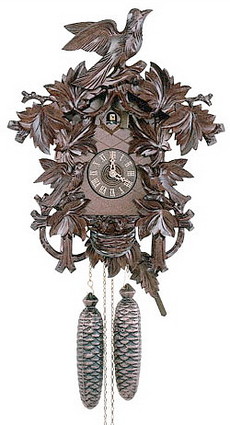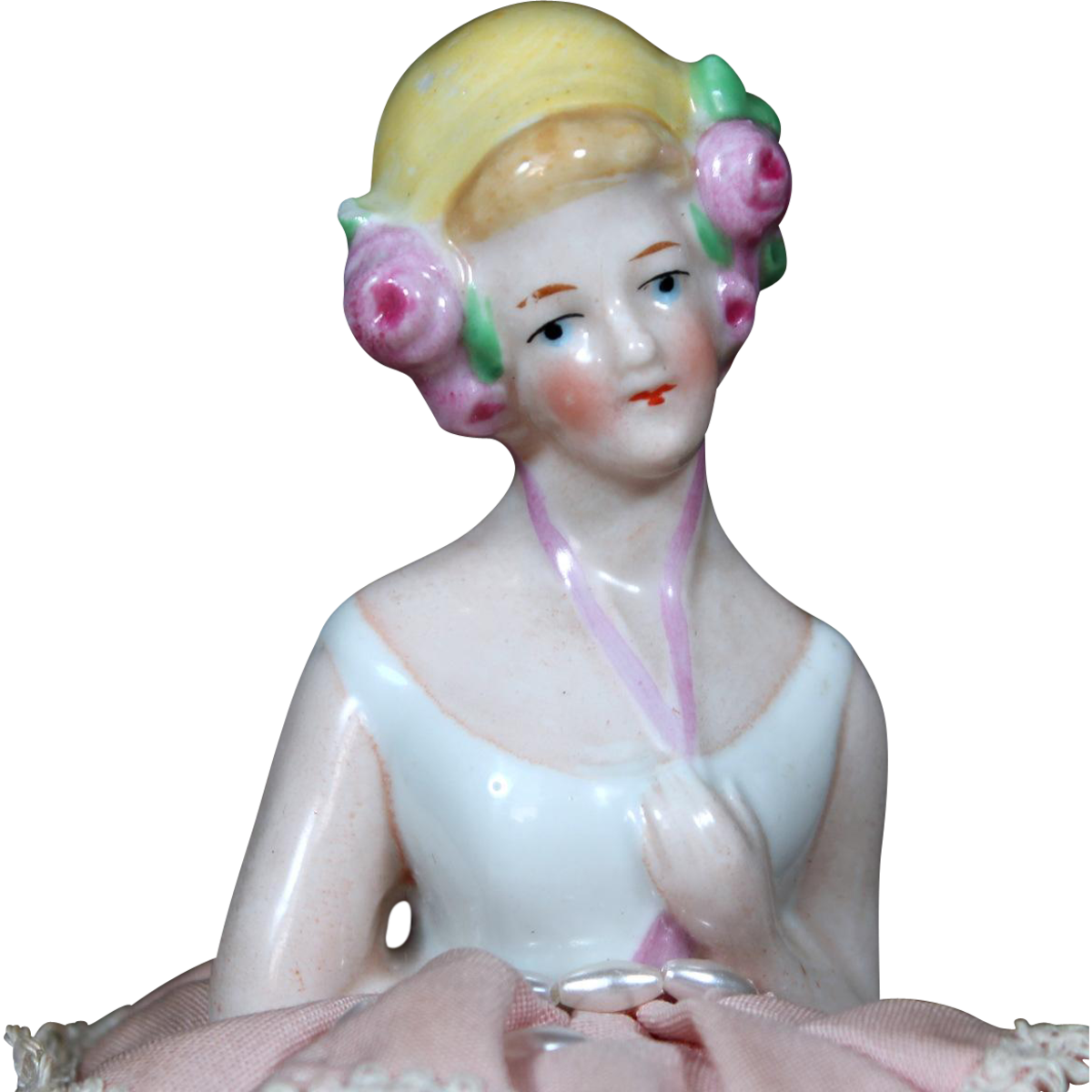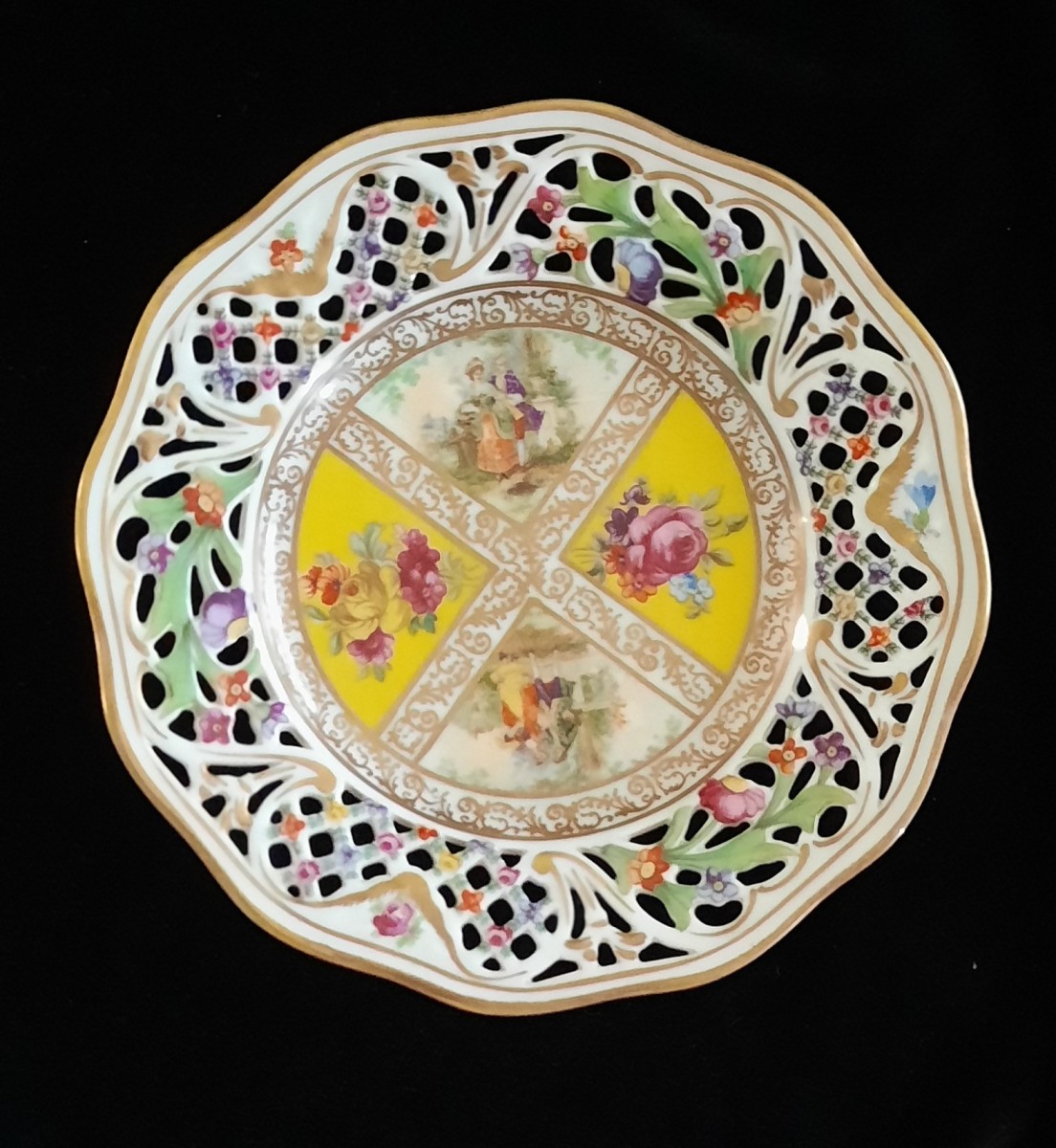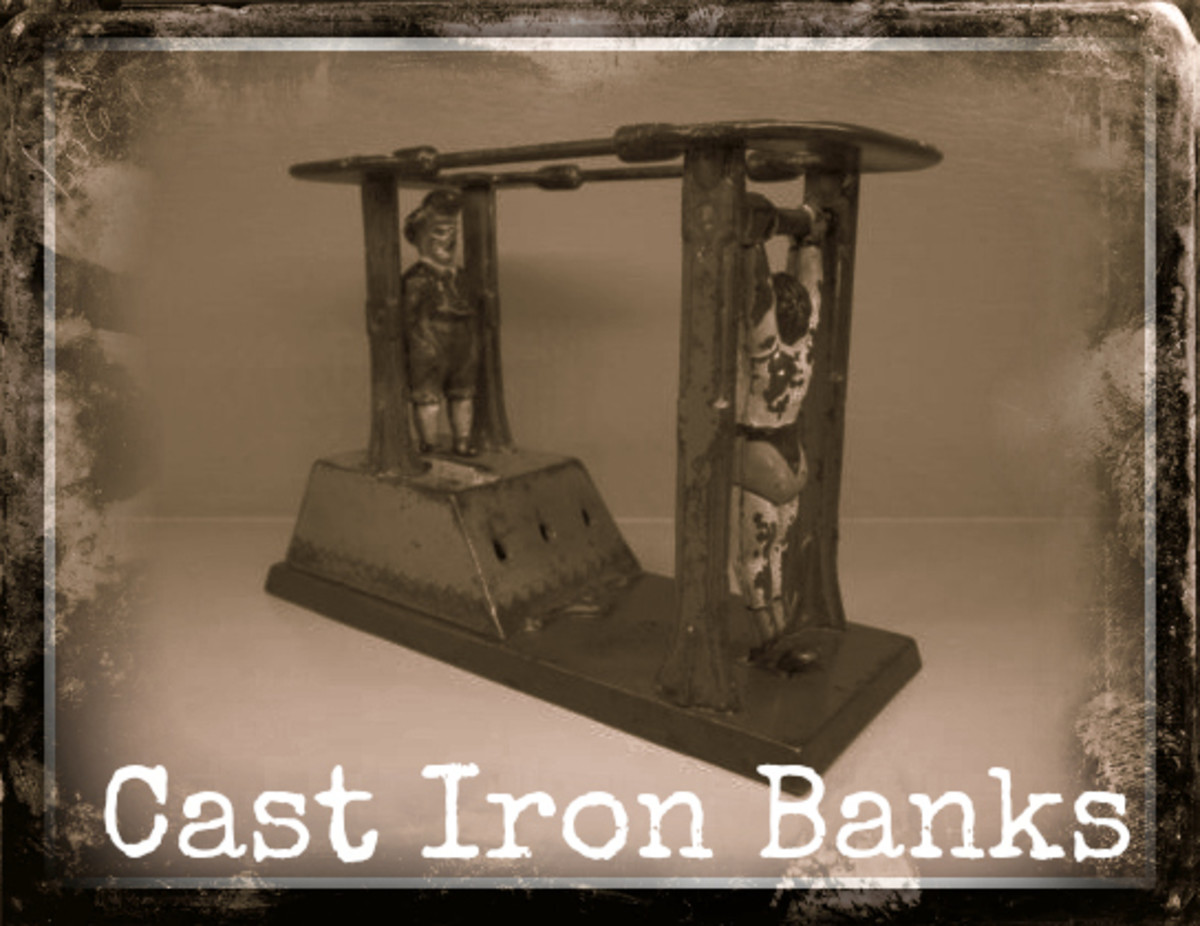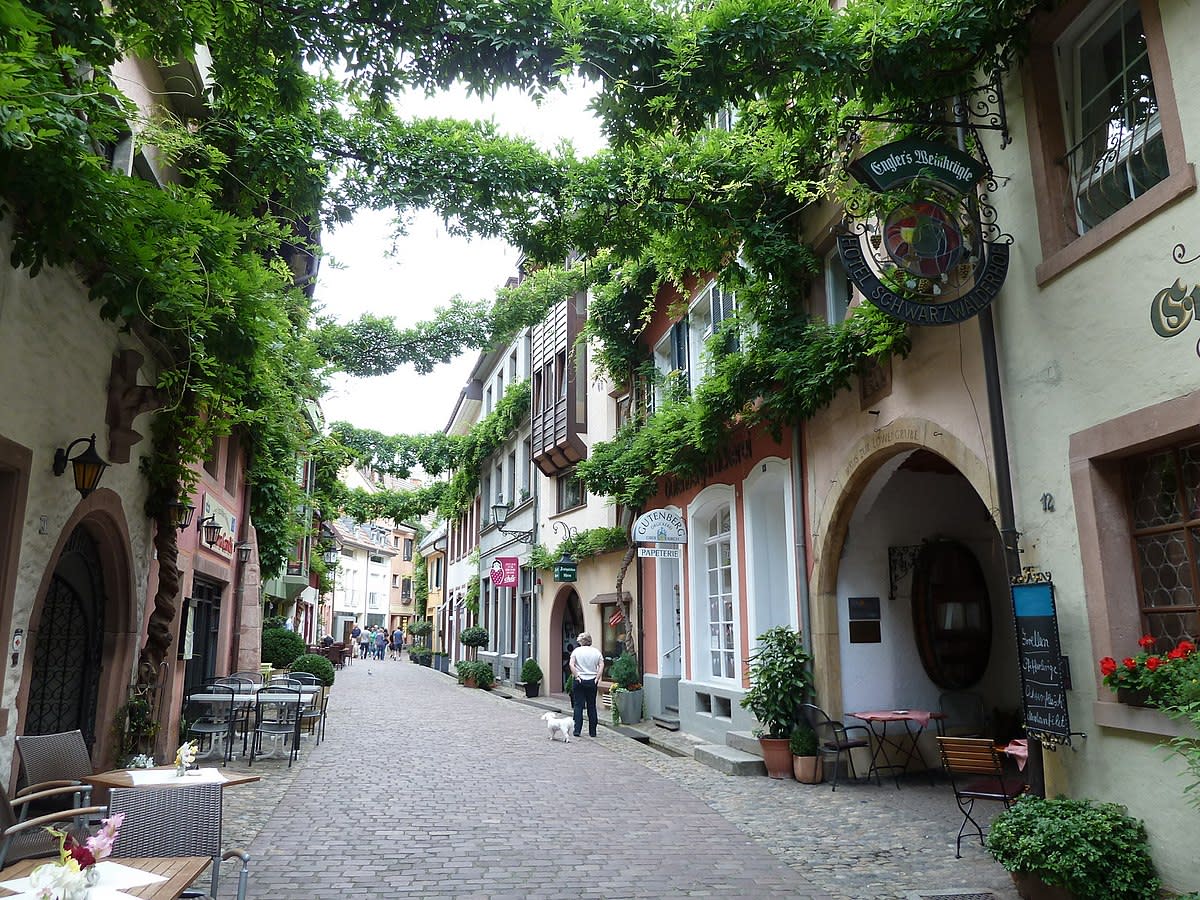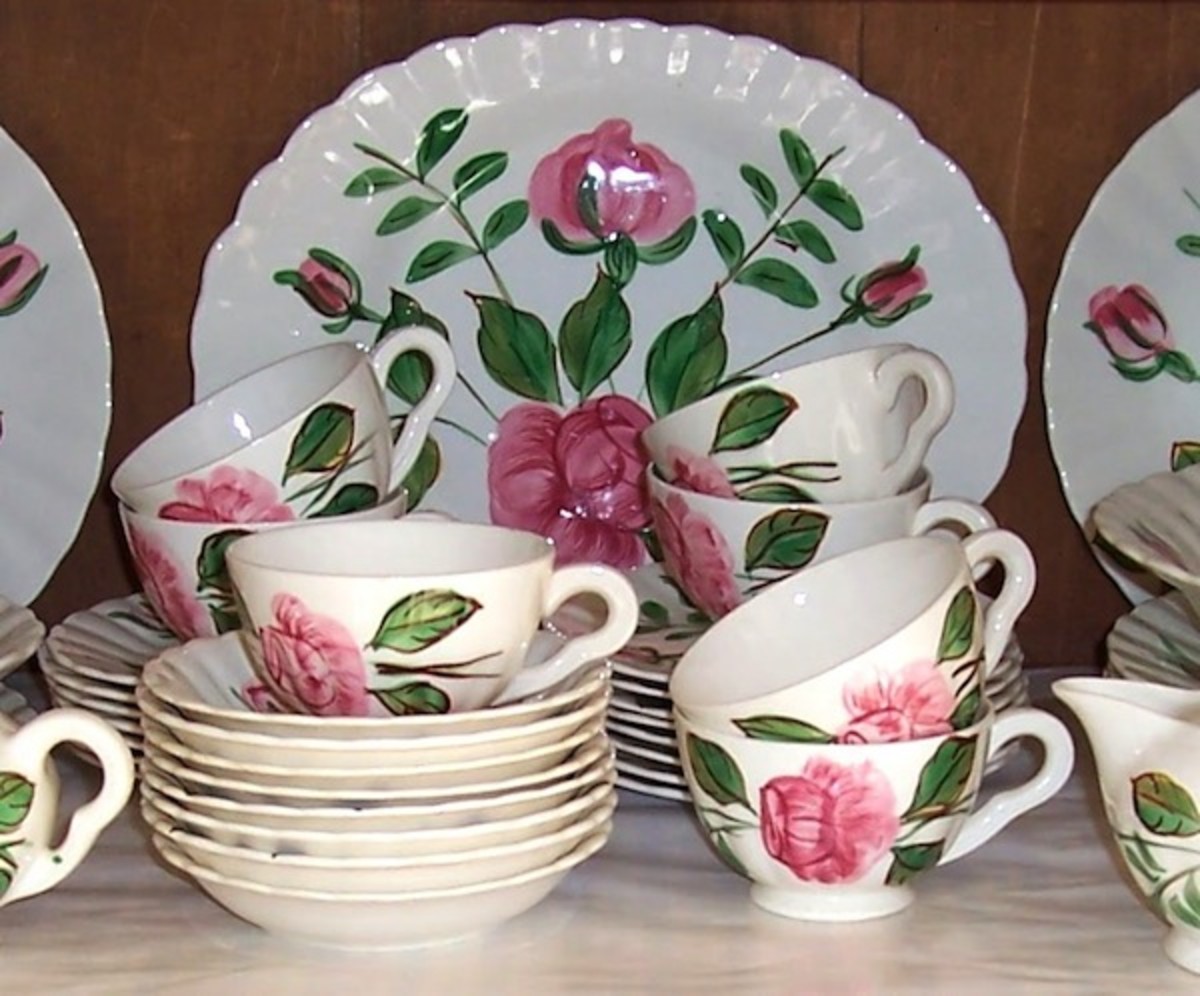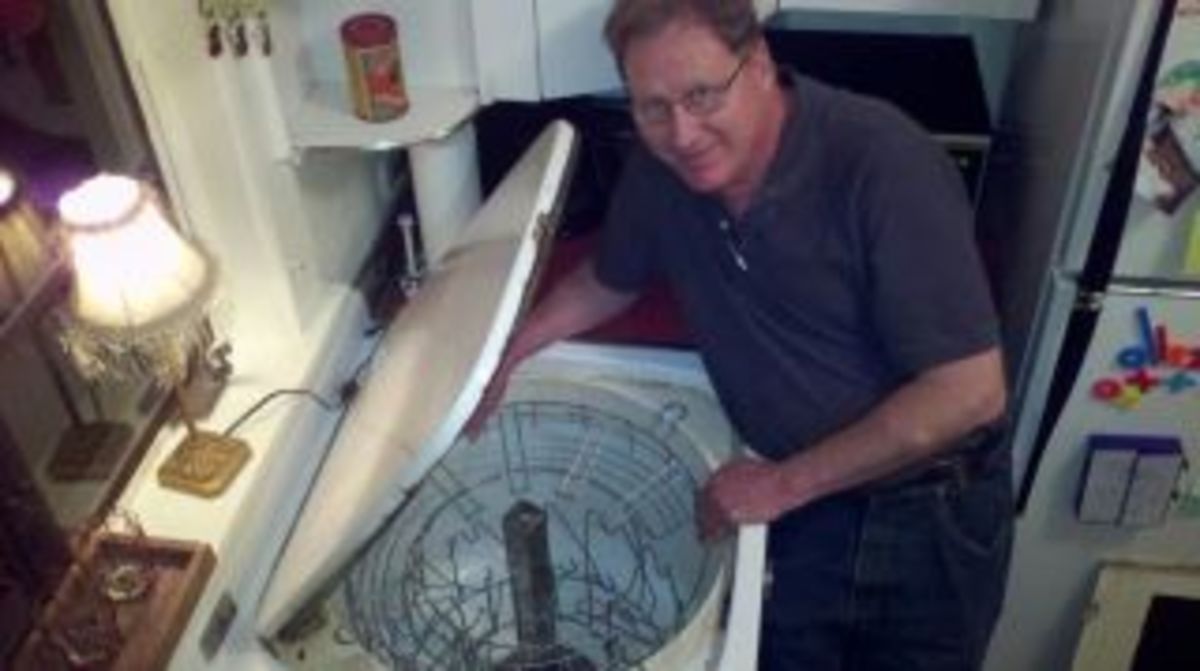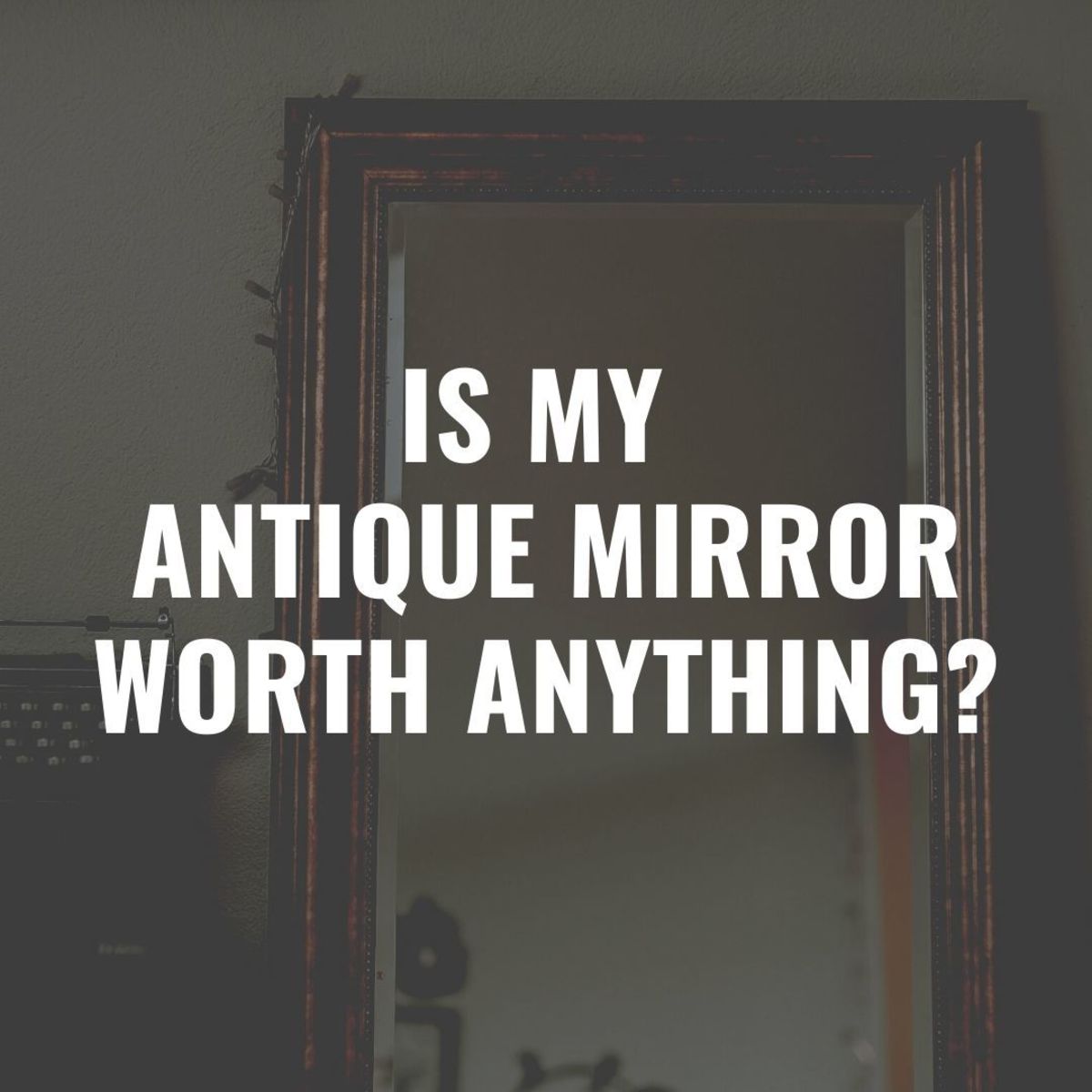Vintage and Antique Cuckoo Clocks
Vintage and antique cuckoo clocks are collectors items and can exchange hands for huge amounts of money.
These absolutely amazing looking timepieces are a welcome addition to any home, where they not only keep the time, but are conversation pieces as heads swivel to listen to the cuckoo sounds at the top of the hour. With a little care, your antique or vintage cuckoo clock will continue to gain in value.
How can we tell how old our cuckoo clocks are?
Vintage and antique cuckoo clocks have a mechanical mechanism, unlike the modern quartz variety.
The difference between 'antique' and 'vintage' is that the antique normally comes with some sort of certification to prove its history, while vintage cuckoo clocks are more representative of the era in which they were made.
There are many cuckoo clocks stamped with the manufacturer's name, and nearly all those companies are based in the Black Forest area of Germany where the original cuckoo clocks designers came from.
The companies they started have been handed down through the generations, and today employ craftsmen of the highest standard, many of whom have been with the same company for 40 years or more.
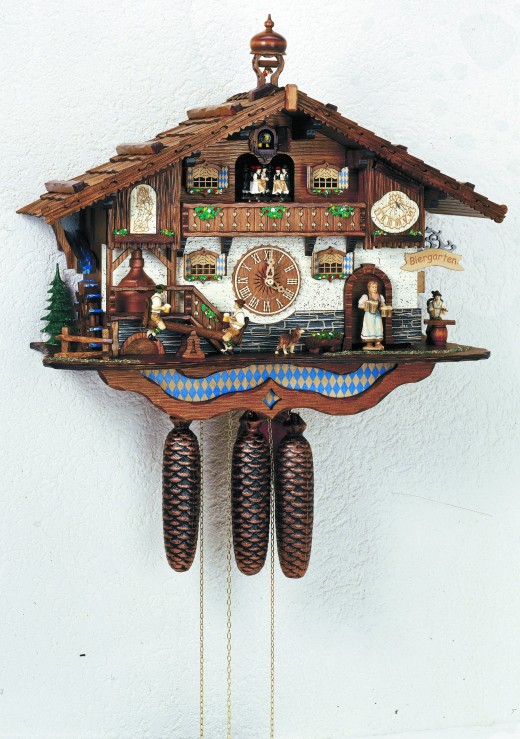
The history of the cuckoo clock
While Franz Anton Ketterer, a Black Forest clockmaker, is generally accredited with inventing the cuckoo clock in 1740, there is evidence to suggest it was actually developed much earlier than this.
The first proven documentation of the existence of the cuckoo clock was in 1629, when a German nobleman from Ausburg, Philipp Hainhofer, wrote about a cuckoo clock belonging to Prince Elector Augustus von Sachsen.
This seems a good place to explain that that particular cuckoo clock must have been spring-driven, because pendulum clocks were not invented until 1656, by Dutch astronomer Christian Huygens.
In 1669 author Domenico Martinelli published a book entitled 'Horologi Elementari' calling for the use of the call of the cuckoo to mark the hours.
It was almost 100 years later, that the cuckoo clock started being produced in the Black Forest area of Germany.
Traditionally, they were made in the winter by forestry and farming communities, who often found themselves unable to work due to the severe weather, and so whiled away the hours whittling all-wooden and primitive cuckoo clocks into existence.
These clocks had hand-painted faces using simple water colors and the inner workings were also made of wood.
A whole cottage industry grew up around those early cuckoo clocks, which were sold to help the workers subsist when their normal work was impossible.
It was reckoned the cuckoo was chosen rather than any other bird, because the cuckoo lived in those parts of the world and it's call heralded spring, which was a time of rejoicing after long, harsh winters.
Indeed, Germany have special Easter celebrations to welcome the arrival of Spring.
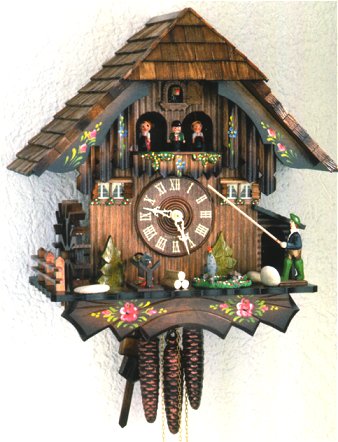
Black Forest Cuckoo Clocks
It perhaps said a lot for the skills of those people in the Black Forest, because their fame spread far and wide, and their clocks were amazingly accurate.
More and more people sought to buy a Black Forest cuckoo clock, and it was in 1740 that local clock maker Franz Anton Ketterer was acknowledged as their inventor.
However, he was only one of many clock-makers that existed in the area and as I have already said, there is proof that the cuckoo clocks were made at a much earlier date.
Gradually these clocks became more sophisticated, with the introduction of metallic inner workings, and the addition of even more ornate designs.
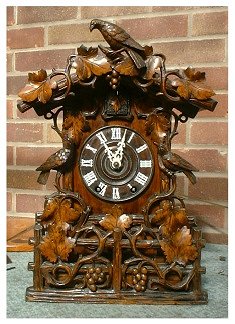
Vintage cuckoo clocks have to have authenticated history to be of value
Over the course of the 18th and 19th century, cuckoo clocks became more and more ornate, and took on themes, such as military, hunting, mythology, family scenes and others.
From the Victorian era until the 1920s, when cuckoo clocks were very popular the world over, they took on house décor themes like Baroque, Gothic, Art Nouveau, and all of those vintage and antique cuckoo clocks are much sought-after by collectors today.
Such is the demand for them, that they will change hands for thousands of dollars, those made between 1850s and 1880s being the most popular.
Any cuckoo clock with a traceable history will always retain its high value, and while those that are hand-made retain the most, factory made cuckoo clocks are still very much in demand, especially in America, where many people can trace their family history back to Switzerland and Germany.
Many vintage cuckoo clocks from the late 19th to early 20th century are also very much sought after.
The antique cuckoo clock has a rich history and their market is thriving.
How the cuckoo sound is made
The cuckoo call sound is produced using the same principle as a church organ, only on a much smaller scale.
Antique and vintage cuckoo clocks have two tiny pipes called gedackt , with tiny bellows on top of them. At pre-set times, the bellows push air into the pipes and the cuckoo sound is made.
Many of the antique and vintage cuckoo clocks on the market today work by a pendulum movement, where strategically placed weights ensure the pendulum keeps swinging, which pushes the cog wheels round inside, which in turn move the clock hands.
Some others are spring loaded clocks, and these types are not so accurate at keeping time. However, it is their looks and exquisite carvings that make them so popular.
